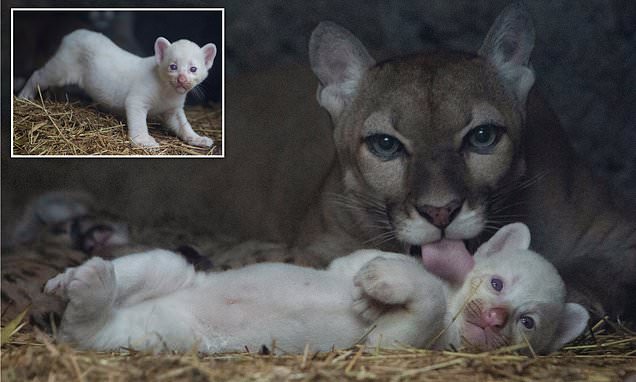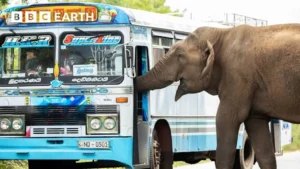In the heart of Nicaragua, under the watchful care of a quiet zoo, something extraordinary has happened — a pure white puma cub has been born.
The Thomas Belt Zoo in Juigalpa, nestled in the Chontales Department, welcomed the rare cub just days ago — and it’s already making history. According to zoo veterinarian Carlos Molina, this glowing white newborn is one of just four albino pumas known to exist worldwide, and the first ever born in Central America.
“It’s a miracle of nature,” Molina said.
🍼 A Snow-White Newborn in a World of Gold and Beige
In a nest of soft straw, the unnamed albino cub curls up beside its two siblings — both more typical in appearance, beige with soft spotting. But next to them, the little white cub shines like moonlight, with a pink nose and pale eyelashes, a living rarity.
Photos from the zoo capture the breathtaking contrast. And while the cub is healthy and feeding well, Molina cautions that albino animals require extra care, especially in sunlight. Their sensitive skin and lack of pigmentation make them vulnerable.
For now, the cubs remain tucked safely inside a sealed enclosure, away from human scent that might confuse or upset the mother. Even the father puma is housed separately — male pumas, in the wild and captivity, can sometimes harm their young.
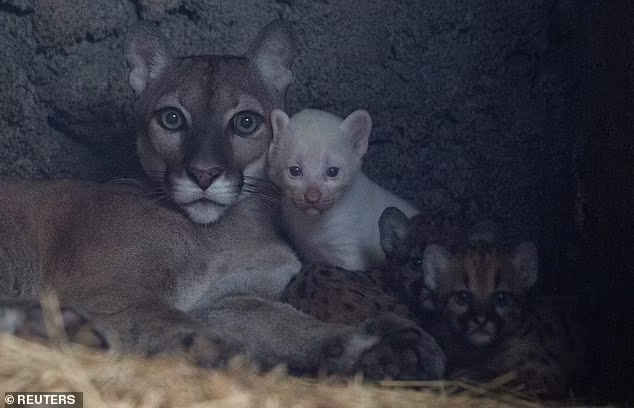
🧬 A Living Rarity, Watched With Care
No physical contact has been made with the cubs, and their genders remain unknown — but already, the little white cub has captivated caretakers and wildlife lovers alike.
Once the puma cubs reach three months of age, they’ll be introduced to the public — and undoubtedly, visitors from far and wide will come hoping to glimpse this ghost-white wonder of nature.
The Thomas Belt Zoo, which welcomes over 50,000 visitors each year, is preparing for what will likely be one of its most celebrated residents yet.
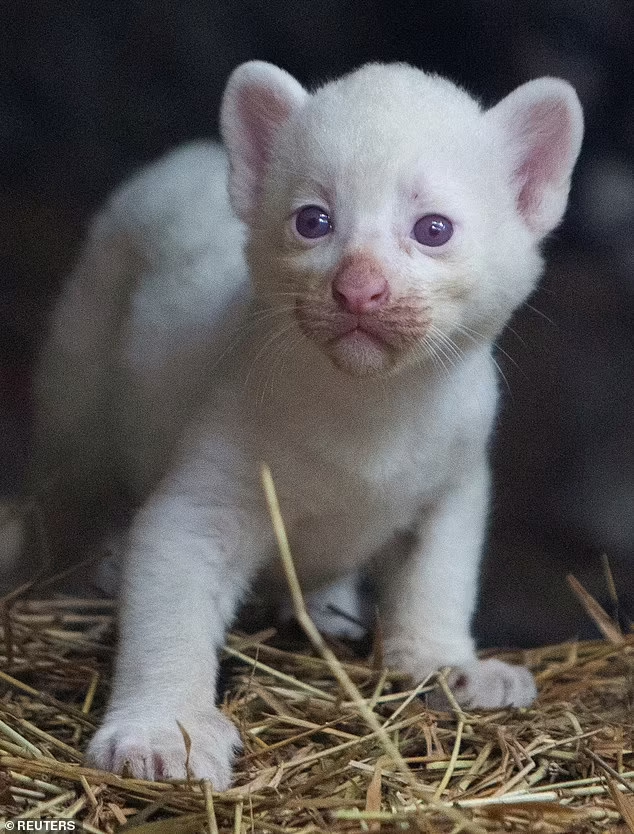
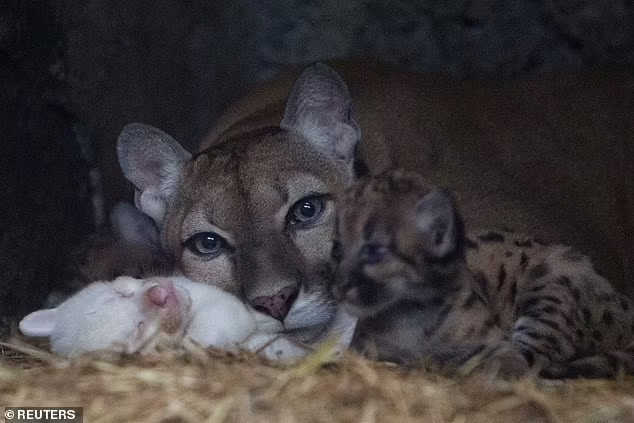
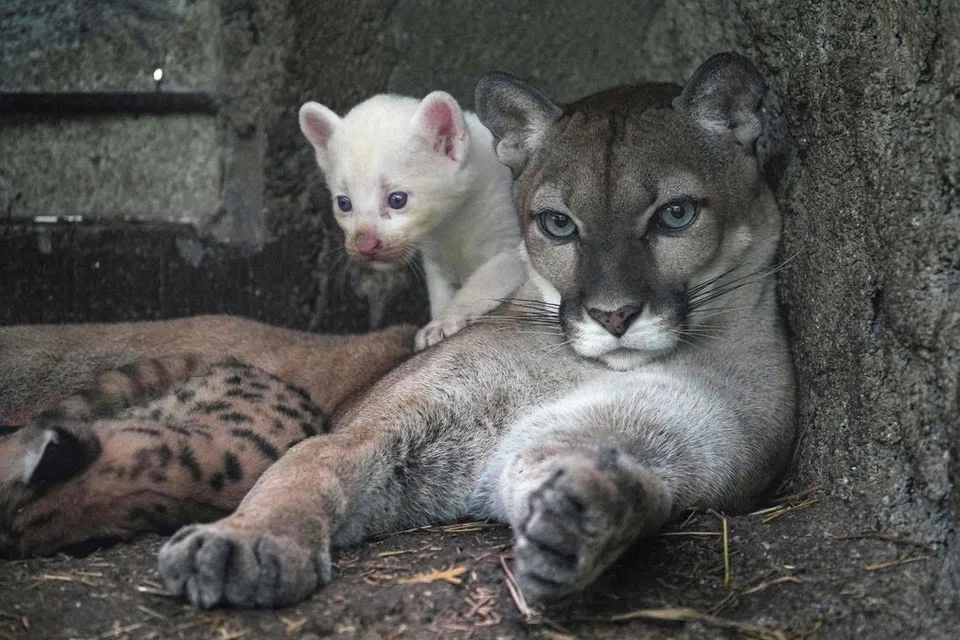
🌍 A Big Cat with a Global Story
Pumas, also known as cougars or mountain lions, roam across the Americas — from the towering Andes of southern Peru to the humid jungles of Central America. According to the International Union for Conservation of Nature, pumas have the widest geographic range of any land mammal in the Western Hemisphere.
But albino pumas? They’re almost unheard of.
“It’s a reminder,” one zoo staffer said, “that even in a world we think we’ve mapped and measured, nature still finds ways to surprise us.”
And in a quiet zoo in Nicaragua, one tiny white cub — barely the size of a loaf of bread — has become a glowing symbol of just how rare, fragile, and beautiful life can be.
